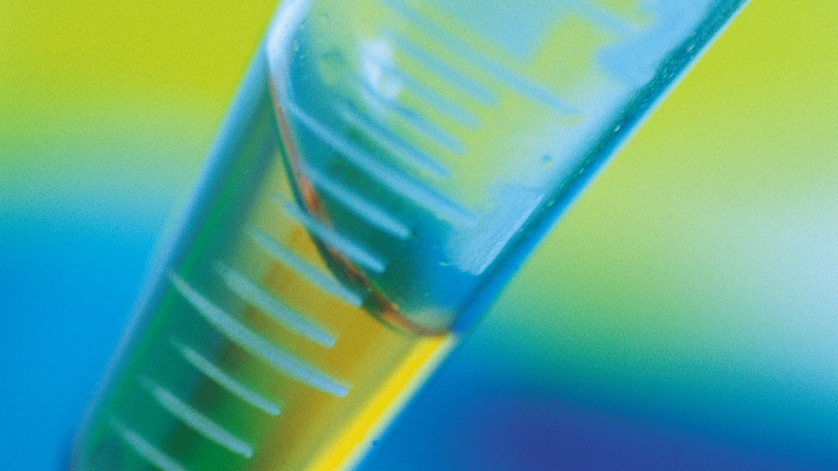
Gauges and instruments equipped with diaphragm seals are essential in ensuring the safety of what we eat. Diaphragm seals play a critical role in industries that require high levels of sanitation, including the pharmaceutical, beverage, and water purification industries, to name just a few.
Producers of consumer items from these industries must strike a difficult balance: ensuring optimal product safety while keeping the product moving off the line. WIKA gauges equipped with diaphragm seals enable sanitation-conscious producers to achieve high levels of both safety and productivity. In sanitary or sterile facilities, a diaphragm seal protects the product from the chemicals and temperatures used to achieve the required level of cleanliness. Here, the diaphragm seal separates the measuring instrument from the process medium using a thin, flexible metal diaphragm. The diaphragm seal is welded flush to a housing that complies with the preferred sanitary process connection. A diaphragm seal assembly consists of a pressure gauge mounted to a diaphragm seal and a transmission — or system fill — fluid. This fluid transmits the process pressure hydraulically from the diaphragm to the measuring instrument, allowing accurate and repeatable measurement while preventing system fill fluid from coming in contact with the item being processed. The diaphragm seal can be attached to the gauge in any of three basic configurations:
- Direct mounting of the instrument onto the diaphragm seal
- Mounting via a cooling element for applications involving extreme temperatures
- Mounting via a flexible capillary for instruments mounted in a remote location in settings involving extreme temperatures or other harsh conditions
InLine Seals and Flat Seals
WIKA provides two types of sanitary seals: InLine Seals and Flat Seals.
- WIKA InLine Seals™ are installed within an actual process pipe or line. They become an integral part of a process’s piping system, providing an extra measure of protection in applications where high levels of sanitary cleanliness are critical. They eliminate all “dead space” in the diaphragm seal assembly, preventing bacteria growth and settlement. InLine seals also prevent any turbulence, corners, or obstructions in the process flow, assuring accurate pressure measurement, and they can be installed where space does not permit the use of another sort of pipe fitting or adapter.
- The more basic Flat Diaphragm Seal is designed to be attached by means of a “Tee” fitting, one of the most commonly used types of pipe fitting. This design allows a pressure sensing diaphragm with a relatively large surface area to be exposed to the production process, ensuring accurate pressure readings.
- In other processing operations that involve high levels of vibration and pulsing, WIKA’s All Welded System diaphragm seal is built to withstand the vibration and pulsing, as well as high temperatures. With its welded seal upper housing, the thread contact between the gauge and the seal resists thermal cycling and vibration and even the effects of incorrect installation.
Need more information? The WIKA booklet, Instrumentation for Sanitary Applications, provides a wealth of information on diaphragm seals and other instrumentation options for the pharmaceutical, food, and biotech industries. You can also contact WIKA at 1-888-WIKA-USA or info@wika.com for free advice and consultation.

